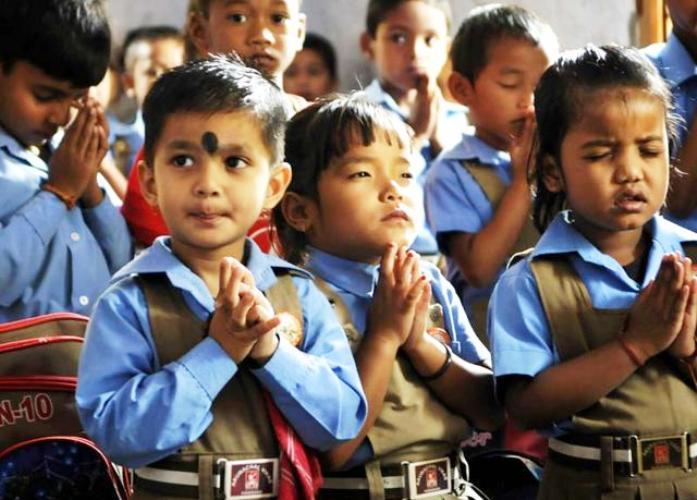
The communal forces have tapped into biases and misconceptions about conversions and population growth to divide society. This is what Kiren Rijiju, the minister of state for home affairs, appeared to be doing when he tweeted that the Hindu population is decreasing in the country because Hindus don’t proselytize and that the minorities in India are flourishing unlike in the neighbouring countries.
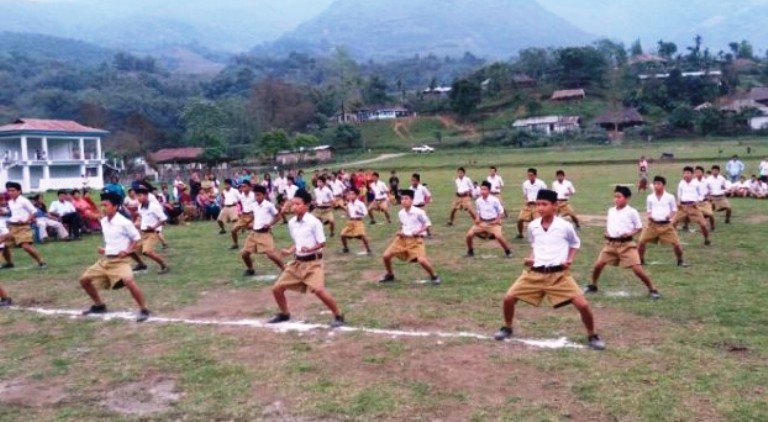
The threat of a decline in Hindu population and an increase in population of minorities is being bandied about yet again. According to the 2011 Census, Hindu population now stands at 79.8 per cent and Muslim population at 14.23 per cent. The data on Population by Religious Communities of Census 2011 shows that between 2001 and 2011, Hindu population grew by 16.76 per cent, while that of Muslims by 24.6 per cent. The population of both communities grew faster during the previous decade, at 19.92 per cent and 29.52 per cent, respectively. As a long-term trend, say demographers, the communities’ growth rates are converging. This means that the decadal growth rates of both communities are declining and coming closer to each other.

Hence, while charting out future projections it is important to keep in mind that the rate of growth of Muslim population will fall and stabilize closer to that of the rate of rise of Hindu population. In the total population, Muslims will remain a religious minority for a long time to come. Interestingly, the population increase of Hindus during the period 2001 to 2011 has been 133 million, which is close to the total population of Muslims in 2001. The fear being spread through a word-of-mouth campaign and through social media about Muslim population overtaking the Hindu population is baseless as there are clear trends of decline in the decadal rate of growth of Muslim population as well.

Demographers point out that the higher fertility rates are due to the lack of education and poor health facilities. Muslims in Kerala have a lower fertility rate than many Hindu communities in North India and even in Kerala. The economic profile of Kerala’s Muslims is very different from that of, for example, the Muslims in Assam, West Bengal, Uttar Pradesh and Maharashtra. If we take this comparison further, we will see a much larger increase in population among Dalits (Scheduled Castes) and Adivasis (Scheduled Tribes). According to the 2011 census, STs make up 8.6 per cent of the population while they made up 6.23 per cent according to 1951 Census. SCs now are 16.6 per cent, while in 1951 they were around 15 per cent.
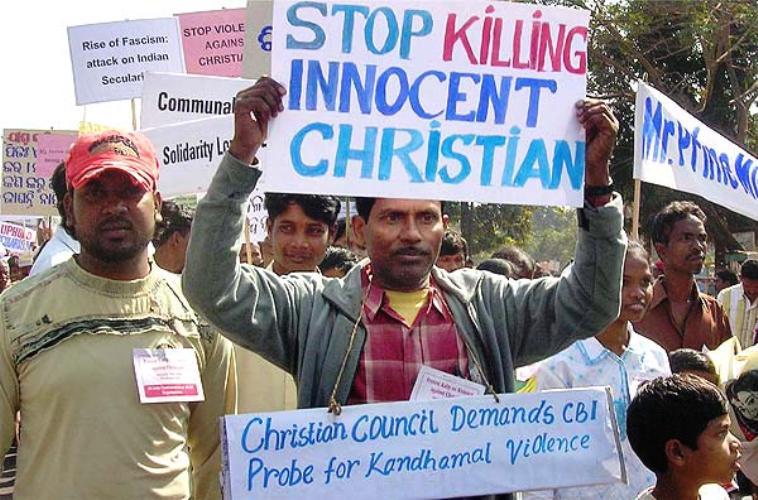
In light of these figures, the claims of communal forces appear to be mere propaganda with no basis in the reality. We’ve heard the likes of Praveen Togadia say that two-child norm should be imposed, while the likes of Sakshi Maharaj and Sadhvi Prachi have been exhorting Hindus to produce more children.
BJP President Amit Shah has called on his partymen to “look Northeast” to bring to their attention the Christian population in the region. This primarily Tribal region saw the increase in percentage of Christians in the decades 1931-1951. The rise in percentage of Christian population had a lot to do with more and more of the region being brought under civil administration after Independence and more and more people being educated. Countrywide, the percentage of Christians has been static for last few decades. If at all, it has declined and stabilized. If we go back as far as 1971, we see that Christian population was 2.60 per cent (1971), 2.44 per cent (1981), 2.34 per cent (1991), 2.30 per cent (2001) and 2.30 per cent (2011). Meanwhile, the propaganda of increase in missionary activity and the number of Christians has dominated the scene.
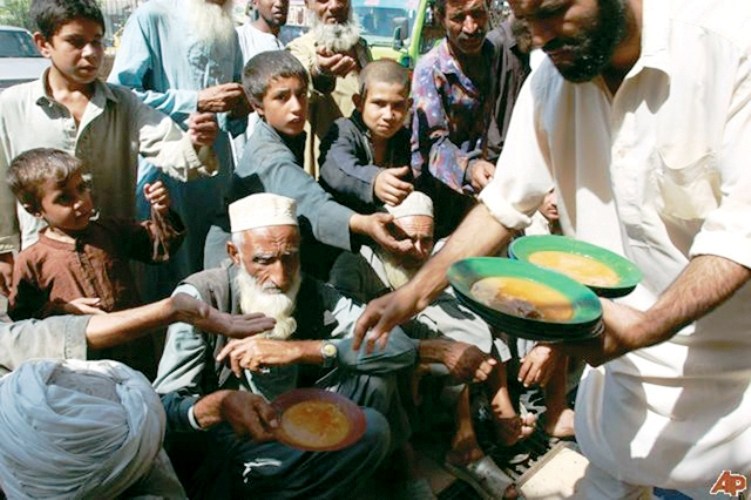
The violence against Christians came to the public attention with the ghastly murder of Graham Stuart Staines and his two young sons in 1999. Dara Singh, a member of Bajrang Dal, which is affiliated to Rashtriya Swayamsevak Sangh (RSS), incited the local people by accusing Staines of engaging in conversions. The Wadhwa Commission, which investigated the murder, concluded that he was not involved in conversions and that in Keonjhar, Manoharpur, in Odisha where he was working, there was no increase in the percentage of the Christian population. Similarly, anti-Christian violence was unleashed in Kandhamal on the pretext of Swami Lakshmanananda’s murder. Gujarat also witnessed anti-Christian violence. But then we find that the proportion of Christians remains static. Some people allege that conversion to Christianity still takes place but the converts hide their religion. This is again conjuncture. In any case, this cannot be a significant number.
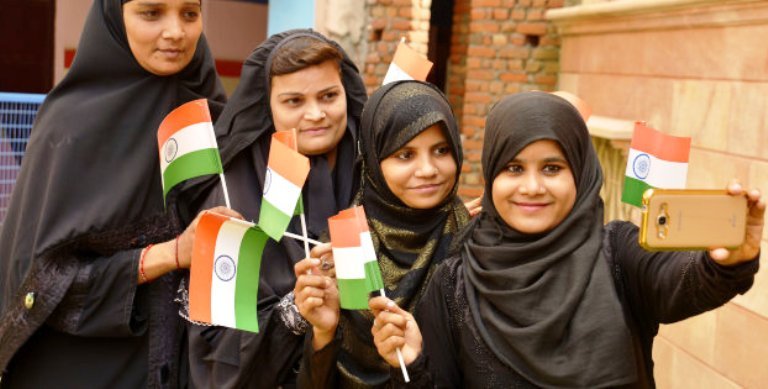
As such, conversions have been on the Hindu nationalists’ agenda for a while now. Alongside the Freedom Movement, two parallel processes of conversions went on. One was Tanzeem, which was to convert the people to Islam, and the other was Shuddhi, which was aimed at those who had supposedly left their “religion-home” and converted to alien religions. The premise was that conversion to other religions has made them impure, so they need to be brought back using a purification ritual. Over the past several decades, the RSS, Vishwa Hindu Parishad and Vanvasi Kalyan Ashram have been actively engaged in what is called Ghar Wapsi (homecoming) – to bring back the Dalits and Adivasis who they believe have been converted through force (to Islam) and allurement or fraud (to Christianity). The rituals may be involve a bath in a hot spring or a burning of offerings. This has been rampant in Adivasi areas and in slums and villages.
Adivasis are animists, while RSS claims they are Hindus. To Hinduize them, Vanvasi Kalyan Ashram now runs a growing network of schools and hostels in the Northeast. Such activities have more to with politics rather than social welfare. The RSS and its affiliates have always linked religion with nationalism.




